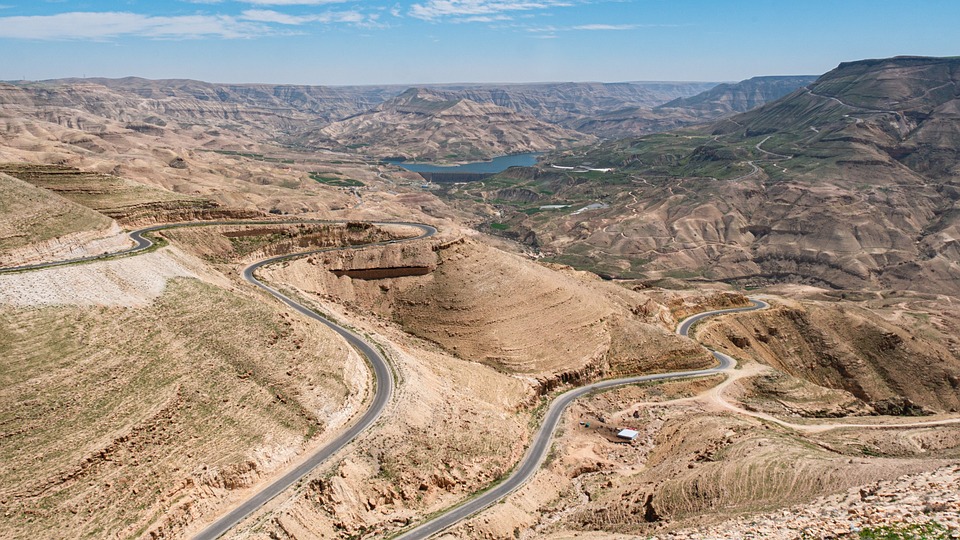
Introduction
Trade routes have played a crucial role in shaping world history and the rise of empires. Throughout ancient times and into the modern era, the establishment and utilization of commercial networks have driven economic growth, cultural exchange, and political dominance. From the Silk Road to the Trans-Saharan trade routes, these pathways have connected distant regions, facilitated the exchange of goods, ideas, and technologies, and ultimately contributed to the development of powerful empires.
The Silk Road: Connecting East and West
One of the most famous trade routes in history is the Silk Road, which connected the East and West for centuries. Established during the Han Dynasty in China, the Silk Road was a network of interconnected routes that facilitated the exchange of goods between Asia, the Middle East, and Europe. The primary goods traded along the Silk Road were silk, spices, precious metals, and other luxury items.
Cultural Exchange on the Silk Road
In addition to facilitating trade, the Silk Road also served as a conduit for the exchange of ideas, religions, and technologies. Buddhist missionaries, Islamic scholars, and European merchants traveled along the Silk Road, exchanging knowledge and spreading their cultural influences to distant lands. This cultural exchange had a profound impact on the development of civilizations along the route and helped to shape the world as we know it today.
The Trans-Saharan Trade Routes: North Africa’s Gateway to the World
While the Silk Road connected the East and West, the Trans-Saharan trade routes linked North Africa with the Mediterranean and Sub-Saharan Africa. This network of trade routes facilitated the exchange of goods such as gold, salt, ivory, and slaves between North Africa, Europe, and the rest of Africa. The Trans-Saharan trade routes were instrumental in the development of powerful empires such as Mali, Ghana, and Songhai.
Empires and Trade in West Africa
The wealth and power of West African empires such as Mali and Songhai were closely tied to their control of the Trans-Saharan trade routes. These empires grew rich from the trade of gold and salt, which were highly sought after commodities in the Mediterranean world. The prosperity of these empires allowed them to build great cities, sponsor cultural and intellectual pursuits, and establish vast trading networks that extended across the Sahara Desert.
The Columbian Exchange: Globalization in the Age of Exploration
The Age of Exploration in the 15th and 16th centuries brought about a new era of global trade and exchange. European explorers such as Christopher Columbus, Vasco da Gama, and Ferdinand Magellan opened up new trade routes to the Americas, Asia, and Africa, leading to the exchange of goods, diseases, and cultures in what came to be known as the Columbian Exchange.
The Impact of the Columbian Exchange
The Columbian Exchange had a profound impact on world history, transforming economies, societies, and environments on a global scale. The exchange of goods such as crops, animals, and precious metals between the Old World and the New World led to the development of new industries, the spread of new technologies, and the rise of powerful empires. At the same time, the exchange of diseases such as smallpox, measles, and influenza had devastating consequences for indigenous populations in the Americas.
Conclusion
Trade routes have played a central role in shaping world history and the rise of empires. From the Silk Road to the Trans-Saharan trade routes to the Columbian Exchange, commercial networks have connected distant regions, facilitated the exchange of goods and ideas, and contributed to the development of powerful civilizations. By understanding the importance of trade routes in shaping world history, we can gain valuable insights into the dynamics of globalization, economic growth, and cultural exchange that continue to shape our world today.